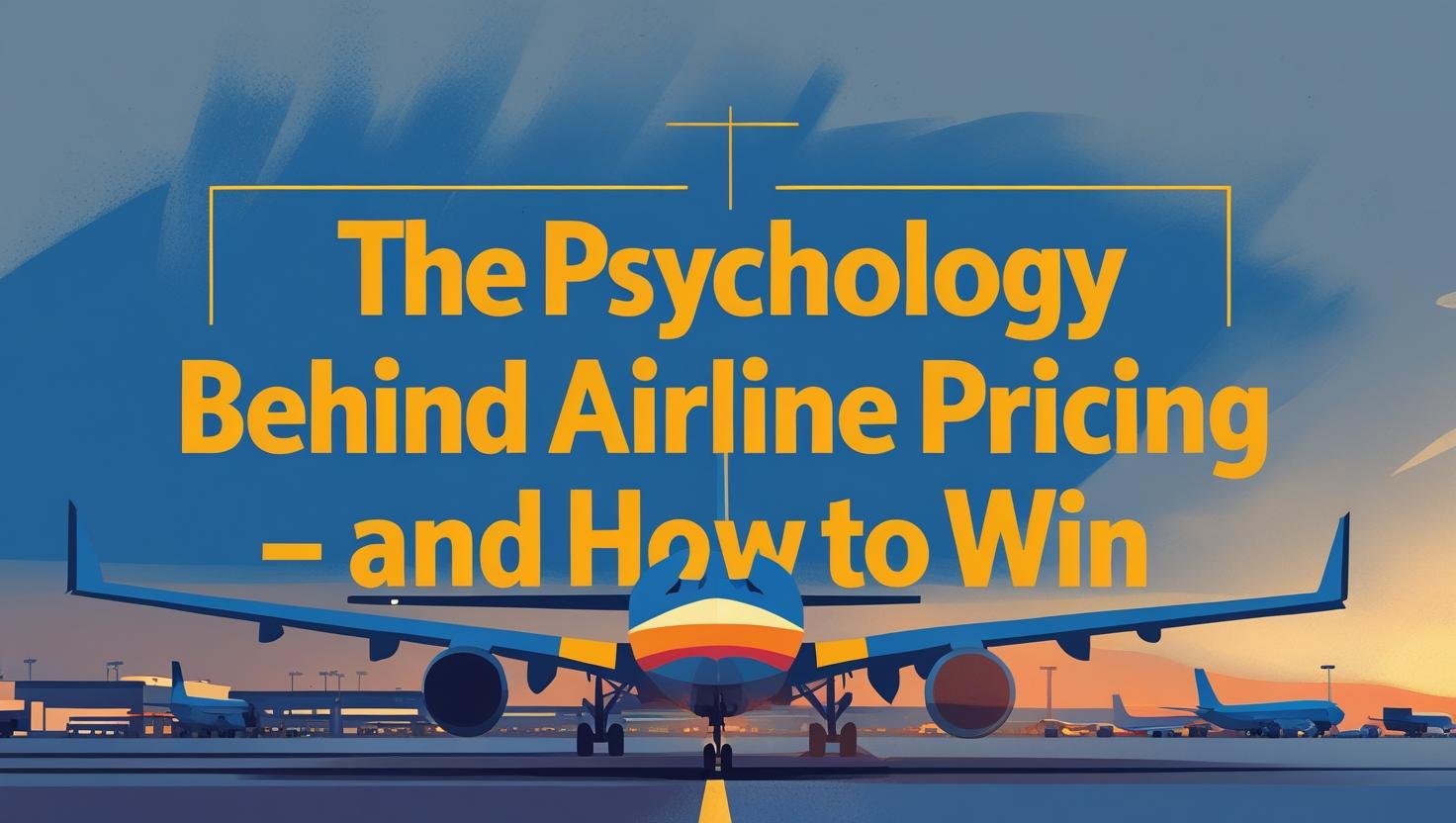Have you ever noticed how flight prices seem to change every time you check? That’s not by accident. Airlines use psychology to set prices. They study how people shop, what makes them buy, and when they’re most likely to book. Knowing this can help you beat the system and get cheaper flights.
How Airlines Use Psychology to Set Prices
Airlines don’t guess when they set ticket prices. They use data, software, and human behavior to decide what to charge.
1. They Create Urgency with Limited Seats
You’ve seen it before: “Only 2 seats left at this price!” This message is designed to make you feel rushed. If you believe you might miss out, you’re more likely to book right away. But in reality, there might be more seats—just not at that price.
How to win: Don’t panic. Take your time and compare prices across platforms. If you’re unsure, use fare trackers or price alert tools to monitor changes.
2. They Use Dynamic Pricing
Dynamic pricing means the cost of your ticket can go up or down depending on demand, time, and even your search history. If lots of people are looking at the same route, prices may rise.
How to win: Search using a VPN or private browser. Change your location settings and compare prices from different regions. Also, clear your cookies before checking again.
3. They Know When You Want to Fly
Airlines know people love to travel on weekends and holidays. That’s why tickets for Fridays, Sundays, and school breaks often cost more.
How to win: Be flexible. Try flying on Tuesdays, Wednesdays, or Saturdays. These are usually cheaper days to travel.
4. They Offer Add-Ons to Raise Profits
Ever seen a super cheap flight, only to find baggage and seat selection cost extra? That’s no mistake. It’s called “unbundling.” Airlines show a low price, then add small fees along the way.
How to win: Read the fine print before booking. Bring only what you need, or choose a fare that includes extras upfront. Sometimes a more expensive ticket ends up being cheaper overall.
5. They Use Price Anchoring
Airlines show a high price first to make the next one look like a deal. For example, you might see a £550 fare, then a £390 one. That lower price feels like a bargain—even if £390 isn’t really cheap.
How to win: Always research the average cost for your route. Use tools like Google Flights or comparison sites to see the price range over time.
Why Prices Change So Often
Prices don’t just go up and down for fun. They change because:
-
Planes have limited seats
-
Demand changes fast
-
Competitor airlines adjust their fares
-
You may have searched for the same route before
Even your device, browser, or country can affect what price you see.
Tips to Beat the Airline Pricing Game
Want to win? Here’s how:
-
Use a reliable travel service like Airline Ticket Agency to compare fares and find hidden deals.
-
Book at the right time — usually 6 to 8 weeks before your trip.
-
Be flexible with airports and dates — flying from smaller airports or mid-week can save a lot.
-
Join email alerts and reward programs — some airlines offer secret deals to subscribers.
-
Check prices on different devices — sometimes a phone shows a different price than a laptop.
Conclusion
Airline pricing isn’t random—it’s smart, sneaky, and based on how you think. But now that you know the tricks, you can make better choices.
Use tools, stay flexible, and don’t fall for pressure tactics. The best deals don’t go to the lucky—they go to the smart. And now you’re one of them.


